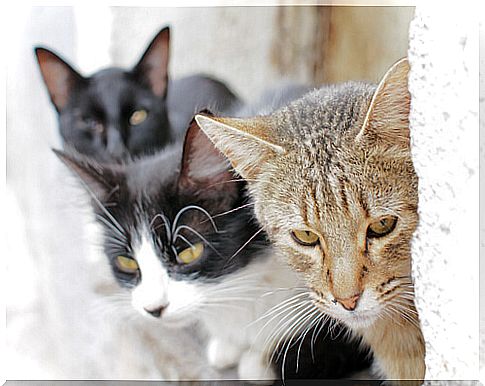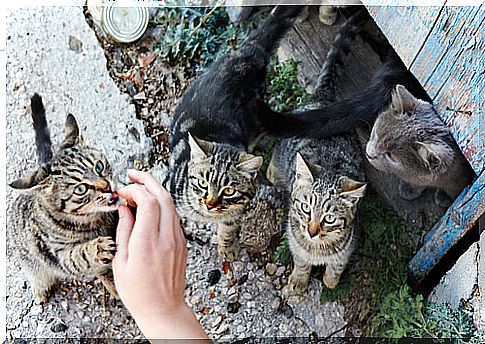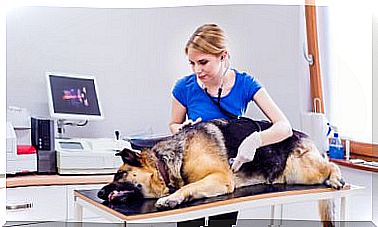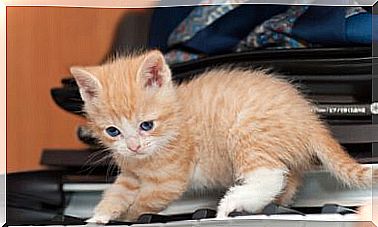Where Do Cats Come From? How Long Have You Been With Us?

Cats have gradually gained ground over dogs in preference as pets. The felines are those mysterious companions, in which their character of wild hunters is mixed in a subtle way, with a domestic affection that they offer their owners and with whom they feel related. This duality of characteristics has to do with a couple of situations: where do cats come from? And above all, since when have you been with us?
Some data

Like all domestic animals, the cat evolved as a wild animal. According to genetic studies, scientists have managed to answer some of the concerns that these animals have raised for centuries. It has been determined, among other things, that the felines “self-domesticated.” Unlike all domestic animals – horses, cows, pigs or the dog himself – they were achieving them as man became sedentary. Thanks to the agriculture that brought about the storage of grains – and with it a proliferation of rodents – the kittens came to the cities to hunt and feed on them. Farmers at that time tolerated this approach, for what it represented in terms of pest control measures.
A census showed that in the world there are approximately 600 million domestic cats throughout the five continents. But where were the first cats domesticated? Who were the first to keep them company?
The first specimens
There is genetic and archaeological evidence that the first domestic cats arose in the fertile crescent region also known as the fertile crescent in the Middle East. Samples were taken from Egypt, Turkey and Lebanon. The reverence in ancient Egypt for cats is well known. Papyri and hieroglyphs show us scenes from the daily life of this civilization, where numerous representations of said animal can be seen. In addition, Bast, the goddess of family and fertility who had the head of a cat, was revered.
In 1983 a cat’s jawbone was found on the island of Cyprus that is 8,000 years old. As might be expected, the kittens had to reach the island by boat, so their domestication had to be much older. In fact, in 2004 another archaeological site with more feline specimens was found, which ran the figure for another 1,500 years.
All domestic cats are descended from the feral cat, Felis sylvestris (which literally means “cat of the woods”), and their first human-friendly descendants appear to date back about 12,000 years. These data coincide with the first human agricultural settlements, which gave rise to the thesis of why cats approached man.

From this region the cats spread through Asia and Europe to reach America and Australia with the first ships that carried cats on board to control rodents. Once on land, it was only a matter of time before the cats dominated the territory. As the man was gaining ground, the cats did the same.
Despite the bad reputation that cats were unjustifiably given in the Middle Ages, it is a species that has adapted perfectly to the human environment. Being such an amazing animal, it is not surprising that it generated fear because of its individuality and physical capabilities. You have to imagine what people would think five hundred years ago when they saw a cat on the ground and an instant later the feline was on top of a tree or on a wall three meters above the ground, as if it had appeared there.
That is why cats still retain their most primitive features. Unlike the dogs that humans were domesticating, the felines chose us as their providers of food and affection. Perhaps understanding a little about the origin of this society will help us understand why our kittens behave the way they do. We must not forget that it was they, and not us, who established the first contact, the first approach and therefore, it is they who dictate their rules regarding how their relationship with us should be.








